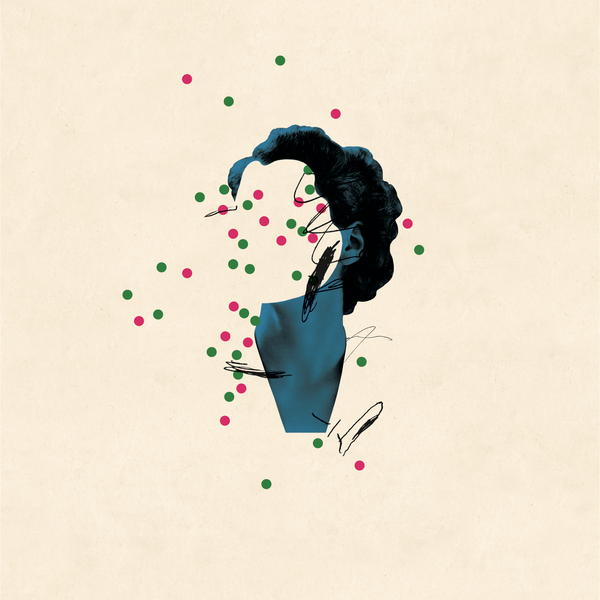Building Blocks of Dermatopathology
BAD DermpathPRO Learning Hub: Diagnostic Clues
Case Number : CT0101 Adam_Bates
Please read the clinical history and view the images by clicking on them before you proffer your diagnosis.
Submitted Date :
F36. Lesion on breast received from GP with no other information. Referred due to mitotic rate (20 mitotic figures).















User Feedback